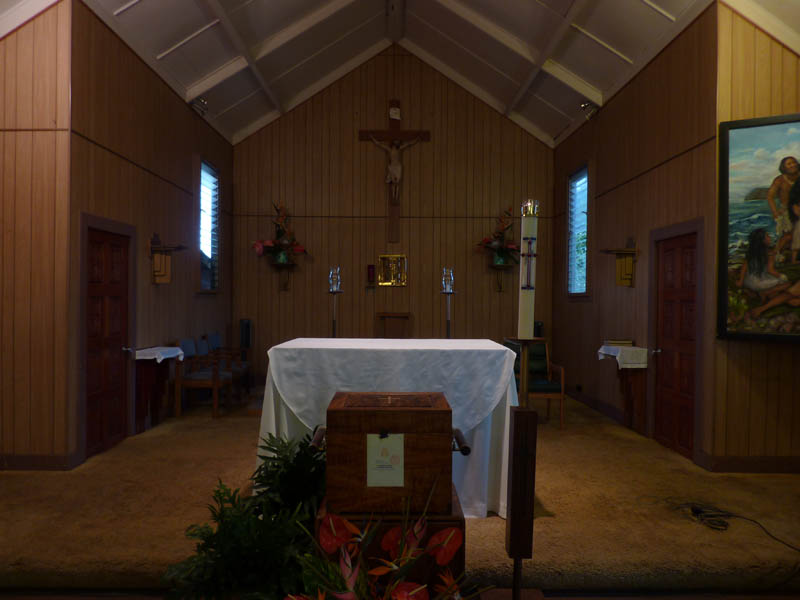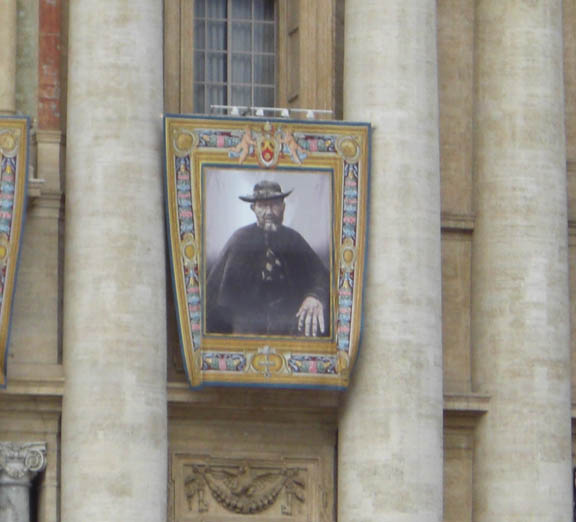Monday, November 16th, 2009
.JPG)
Standup paddling is one of the fastest growing sports in the world today – “faster than anything we’ve ever seen in the water sports industry – ever,” said Jim Hayes, owner of Tropical Blends, a custom surfboard shop in Honolulu.
.JPG)
Standup paddling is known by many names – in Hawaiian, ‘Ku Hoe He`e Nalu,’ meaning to stand, to paddle, to surf a wave; in the industry, the acronym SUP (for Stand Up Paddling); and in the 1960s, the fathers of standup paddling were known as the Beach Boys of Waikiki, and why it became known as Beach Boy surfing. This multi-skilled sport is a combination of paddling and surfing, whose ancient beginnings are Polynesian and have gained attraction within the last five years.
“Really all it takes is some enthusiasm for the water, and some balance skill,” Hayes said.
Many paddle for exercise, which may explain its popularity, Hayes added.. Easier than surfing and more fun that working out in a gym, standup paddling is a whole body workout. A SUP’er can paddle long or short distances, or can just try a new way to surf.
Shane Adolpho, a Molokai local and standup paddling enthusiast, said he has been standup paddling for years, after he saw a co-worker try it. He now standup paddles distance runs with several other devotees of the sport.
Adolpho said he owns so many boards because they’re used for different conditions – the shorter boards, in the nine-foot range, are for wave surfing, while the longer boards, 12 to 14-feet, are for downwind paddling.
“If there’s surf, I’d rather [standup paddle] surf. It keeps me in shape for when I do long distance [paddling],” he said.
Standup paddle boards are different from surfboards in that they are thicker and sturdier. Hayes began manufacturing standup boards with the help of a friend in the wind surfing industry. The more experienced paddler can also use a surfboard to standup paddle surf, Hayes said.
“The first time I caught a wave [while paddling], it was a thrill starting over for something new and fresh,” he said. “It gave me refreshed enthusiasm.”
Who paddles?
Standup paddling has been reported in some unorthodox places. Earlier this year, “Stand Up Paddle Surf Magazine” reported that veteran surfer, Archie Kalepa of Maui, SUP’ed a record 187 miles through the Colorado River.
Paddlers have formed clubs on the east and west coasts of the U.S., in Japan, Australia, Brazil, Tahiti, and the UK.
“Lakes, rivers, streams – it’s everywhere,” Hayes said. There are also competitive racing circuits starting up.
Ekolu Kalama, Molokai born and raised, is the world’s first professional standup paddle surfer. Soon after he went pro in 2008, Kalama became the first person to paddle surf from Spain to Morocco, across the Straight of Gibraltar. Earlier this year he won the Rainbow Sandals Molokai to Oahu Stand Up Paddle division race.
For standup paddlers who want to get started locally, Adolpho said the best conditions to downwind paddle on Molokai can be found on the south side of the island because of tradewinds – starting in areas like Kawela and traveling downwind to convenient destinations like Hotel Molokai and Kaunakakai Wharf.
“For guys who’ve never surfed before, [they] get a workout, see the ocean, see the reef, fishes – it’s a pretty cool deal,” he said.
.JPG)







.JPG)
.JPG)
.JPG)
.JPG)
.JPG)
.jpg)
.jpg)







